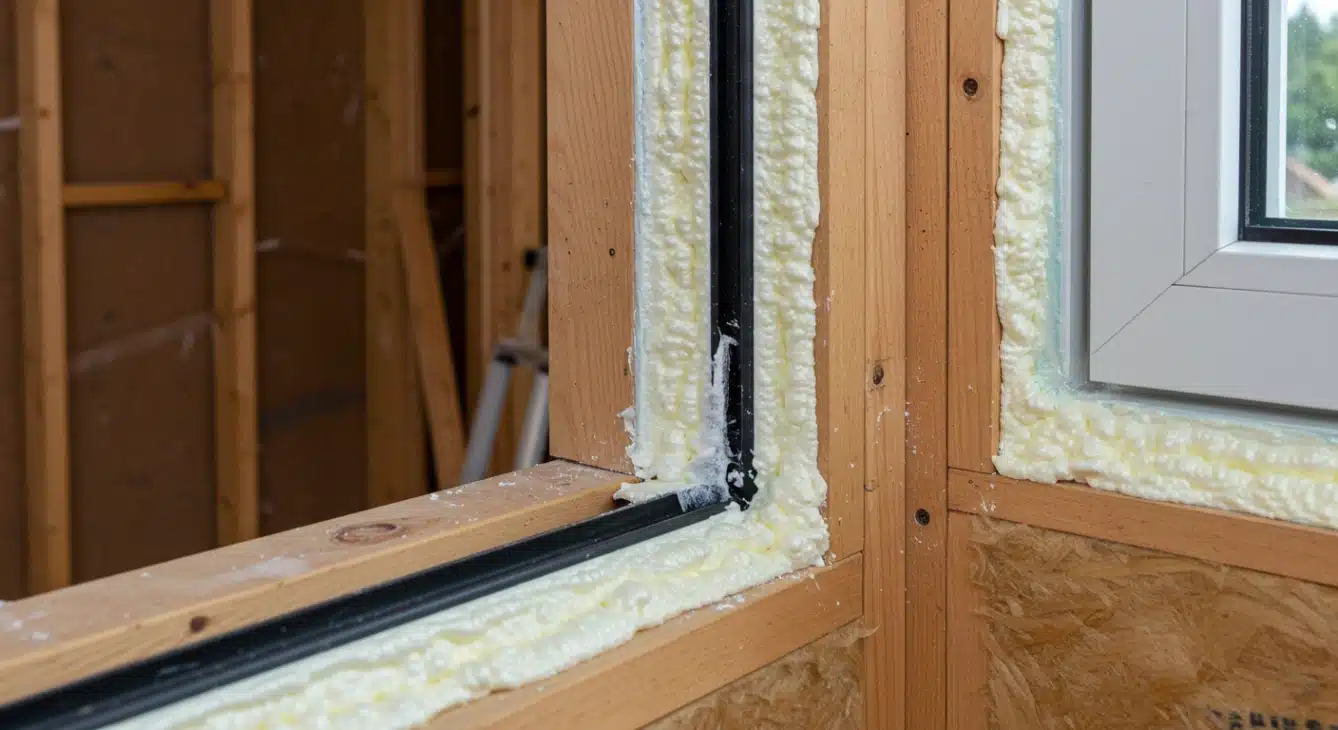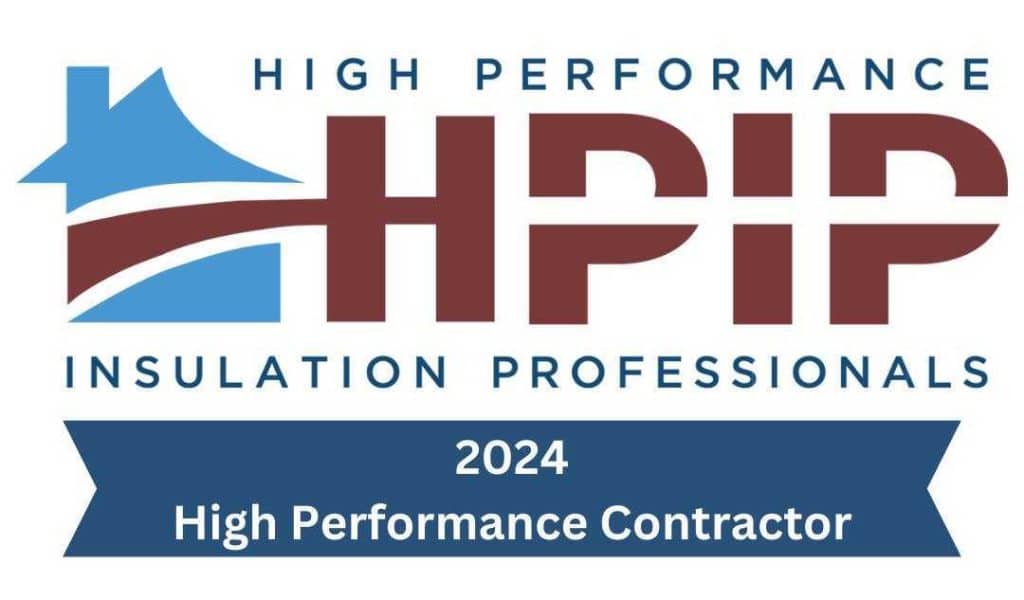Air sealing is most effective when done during seasonal transitions, particularly in early fall or late spring. These periods offer moderate temperatures, making it easier to identify drafts and apply sealants effectively. Sealing before winter prevents heat loss and reduces strain on HVAC systems. Spring sealing prepares the home for summer by limiting warm air infiltration.
Professional air sealing should be prioritized before major insulation upgrades or energy-efficient retrofits. This ensures the building envelope is airtight before adding thermal barriers, preventing wasted investment and performance gaps.
Makeover Insulation applies practical methods that consider Georgia’s humid subtropical climate. Moisture control and thermal performance go hand-in-hand, so timing directly impacts the effectiveness of sealing materials. Field experience confirms fall and spring allow for thorough inspection without extreme indoor-outdoor temperature differences skewing diagnostics.
How Air Sealing Impacts Energy Efficiency
Benefits by Season
| Season | Benefit | Reason |
|---|---|---|
| Fall | Prevents winter heat loss | Reduces drafty areas before cold weather sets in |
| Winter | Detects extreme leaks | Stack effect is strongest, making leaks more obvious |
| Spring | Prepares for summer cooling efficiency | Stops warm air infiltration, lowers AC demand |
| Summer | Harder to inspect and apply sealants | Heat and humidity can interfere with adhesion |
Technical Data on Air Leakage and Costs
| Metric | Typical Value (Pre-Seal) | After Air Sealing | Source |
|---|---|---|---|
| Air Changes per Hour (ACH50) | 10-15 ACH | 3-5 ACH | U.S. Department of Energy |
| Heating/Cooling Energy Waste | Up to 30% of total usage | Reduced by 15-20% | ENERGY STAR |
| Annual Energy Savings (avg.) | N/A | $200-$400 per year | U.S. EPA Home Sealing Data |
| Estimated ROI Timeframe | N/A | 2-4 years | Building Performance Institute (BPI) |

Climate Considerations Matter
In Georgia and similar regions, high humidity and warm summers make vapor barrier integrity critical. Sealing air gaps early in the fall helps minimize moisture migration that leads to mold or material decay. Spring sealing helps prepare for the spike in AC use during humid months.
Bonus Tip:
Focus on attic bypasses such as recessed lights, duct boots, and top plates before insulating. These are major leakage points that compromise overall energy performance.
Things to Consider Before Making a Decision
- Seasonal HVAC Loads: Assess when heating or cooling demand is highest to plan sealing accordingly.
- Moisture Issues: Ensure air sealing doesn’t trap existing moisture. Always pair sealing with ventilation planning.
- Scope of Work: Identify if full sealing (attic, walls, crawlspace) is needed or if localized work is sufficient.
- Planned Upgrades: Air sealing should precede any insulation upgrades to avoid inefficiencies.
- Diagnostic Tools: Use blower door tests and thermal imaging to locate exact leakage points.
Bonus Tip:
Schedule air sealing during HVAC maintenance visits. Combining diagnostics and service reduces redundant costs and improves results.
Makeover Insulation Provides These Services
- Air Sealing
- Locates and seals leakage points throughout the home envelope using proven techniques and equipment.
- Spray Foam Insulation
- Provides high R-value insulation while sealing air gaps simultaneously, ideal for attics and crawl spaces.
- Blown-In Insulation (Fiberglass/Cellulose)
- Effective for topping off existing insulation and improving thermal resistance in sealed spaces.
- Insulation Removal
- Removes compromised insulation that hinders effective air sealing or has mold/moisture issues.
Common Questions Before Air Sealing
Where should air sealing start?
Start with the attic and crawl space. These areas contribute most to uncontrolled airflow.
Can I do air sealing myself?
DIY methods can address minor leaks, but comprehensive results need diagnostic tools and pro-level materials.
How long does air sealing take?
A full home sealing job typically takes 1-2 days, depending on access and square footage.
Will air sealing affect indoor air quality?
Yes. It can improve quality when paired with proper ventilation. Avoid sealing homes without addressing airflow management.
Get Expert Insulation Guidance
Get precise, seasonally timed air sealing for your home. Contact Makeover Insulation for reliable evaluation and service:
Phone: (470) 664-5300 Email: [email protected]
Frequently Asked Questions
How do I know if my home needs air sealing?
Common signs include drafts, uneven temperatures, and high utility bills. A blower door test provides precise leakage data.
What materials are used for air sealing?
Foam sealants, weatherstripping, caulk, and gaskets are commonly used depending on location and surface type.
Can air sealing help with pests?
Yes. Sealing entry points reduces paths for insects and rodents.
Is air sealing effective without new insulation?
Air sealing improves efficiency on its own, but results are maximized when paired with sufficient insulation.
How often should air sealing be inspected?
Every 5-7 years or after any major structural changes to ensure continued performance.




